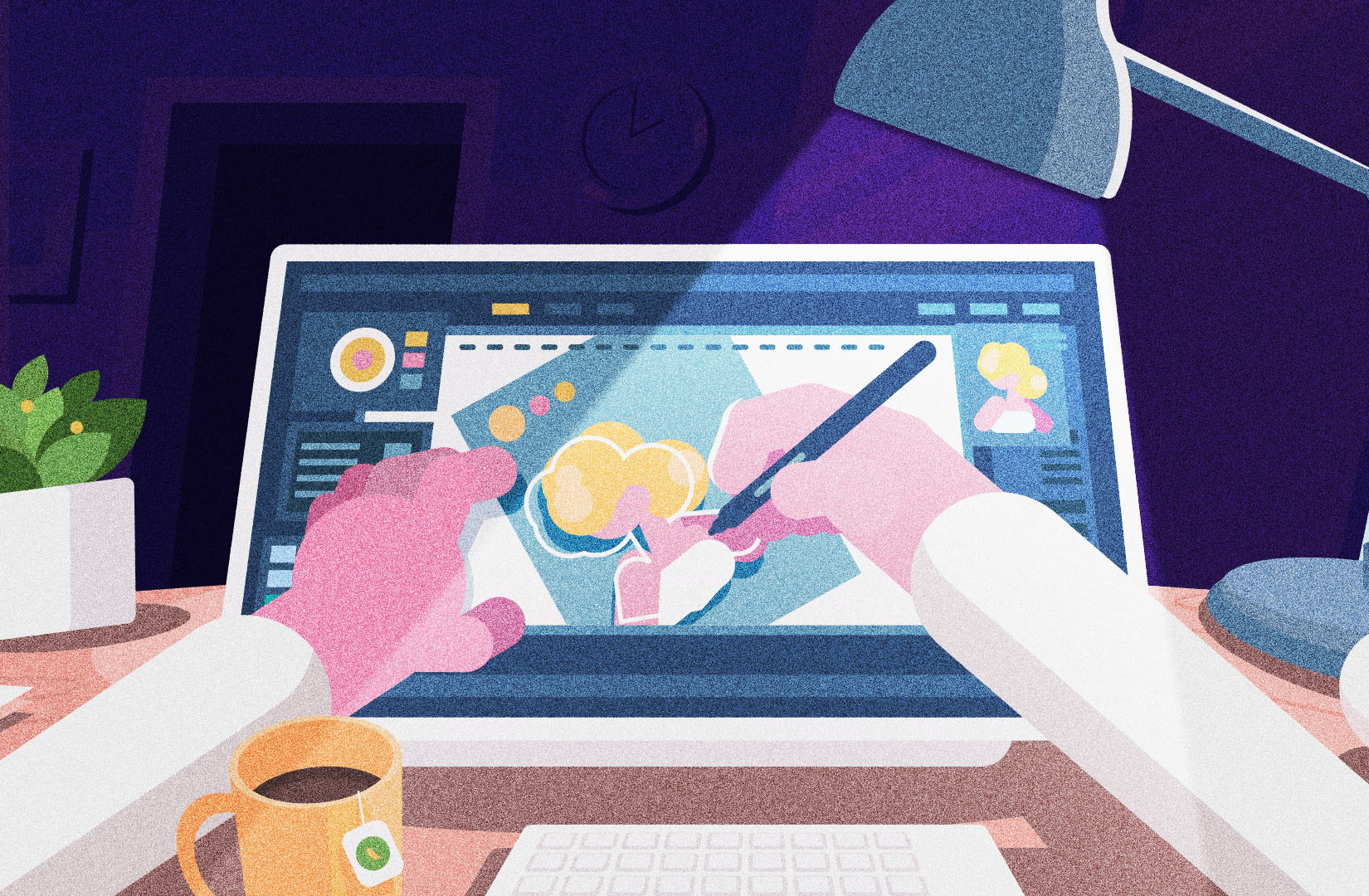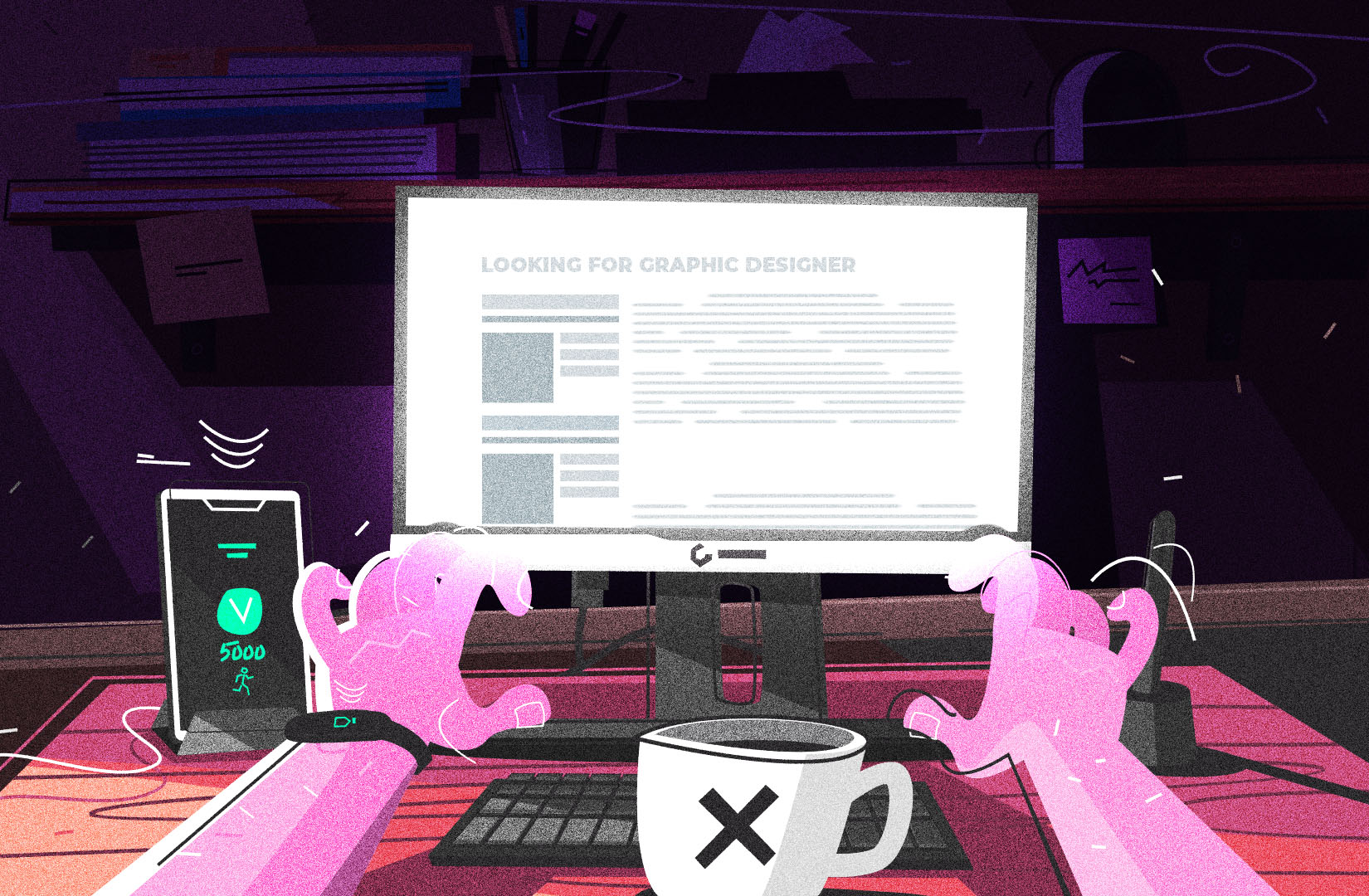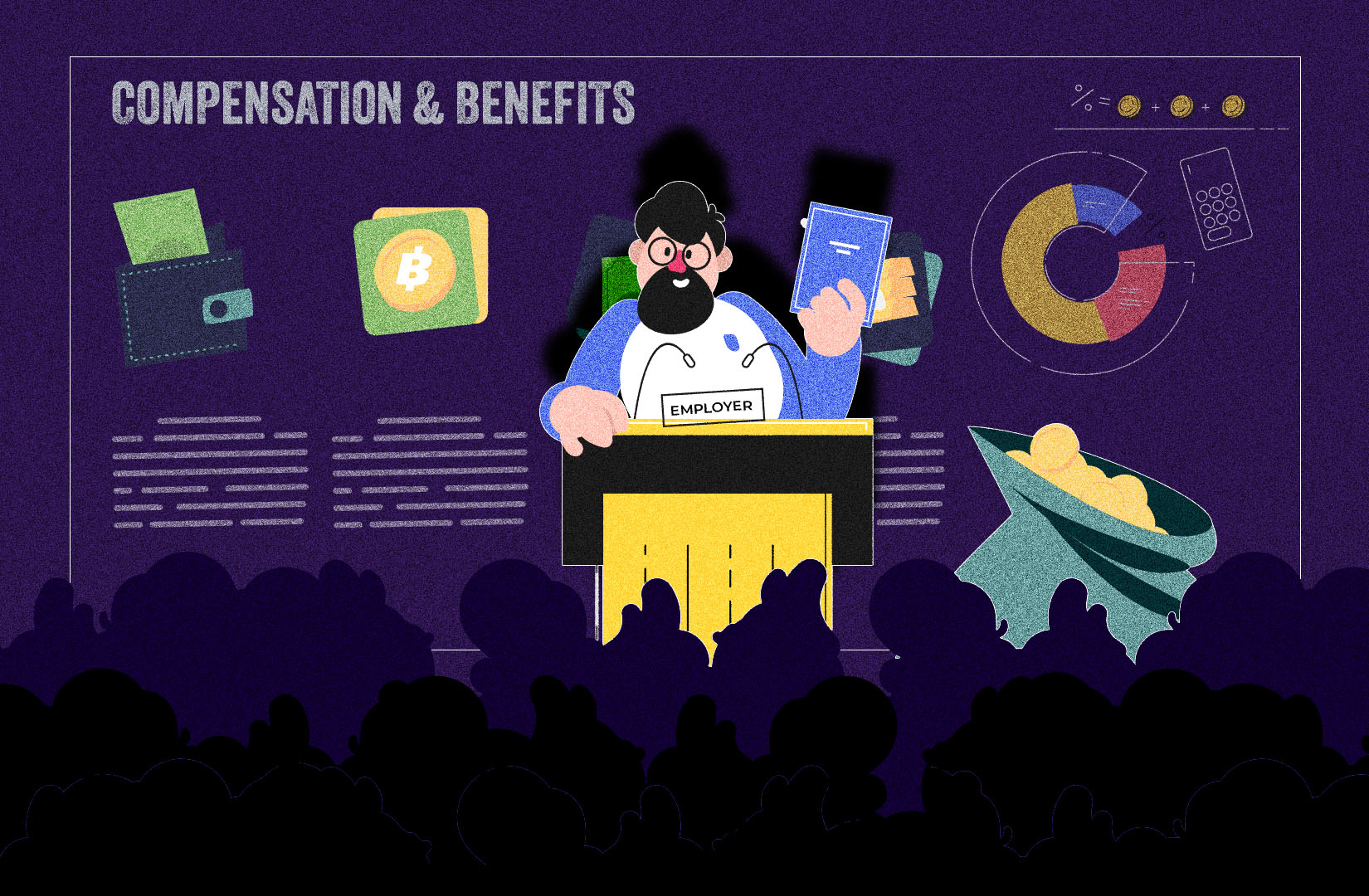A graphic designer is a great addition to any tech, marketing, or design team, especially if you are a small business that needs help with your website, social media, or promotional materials. However, good talent is not easy to find.
Graphic design is a popular, in-demand skill, and when a lucrative opportunity comes up, it attracts top candidates from the talent pool.
So if you’re starting a new project that requires serious skills and creativity, this blog will help you adjust your talent acquisition approach to attract top talent.
What Projects Can Graphic Designers Do?

Any project that involves visual elements requires a graphic designer. A graphic designer is an umbrella term that encompasses various specialized skills, such as UI/UX design, logo design, marketing and advertisement design, animation artist, and more.
Although these skills belong to the same field of design, each niche skill is quite different from the others and requires relevant experience and knowledge of different tools.
While some designers may have overlapping expertise, a specialist in one area might not be proficient in another. Therefore, when seeking a graphic designer, it's crucial to identify the specific design needs of your project to ensure you find a professional with the precise skills and experience required.
8 Steps To Attract Top Graphic Design Candidates for Your Project
Having the right graphic designer on board can significantly contribute to the success of your project. This guide outlines eight essential steps to help you attract and secure top graphic design talent.
Step 1: Describe the job in clear terms

Before you post your job or start sourcing candidates, be clear about what kind of graphic designer you need for your project and what responsibilities they will be taking care of. Some common design categories include:
- Logo design
- Social media content design
- Marketing, advertising, and promotional materials
- Motion graphics and animation artist
- Web design
- UI/UX design
- Packaging design
- Illustration
- Publication and typographic design
You may need someone with a niche skill in one of the specialized fields mentioned above, or you may require someone who can provide ongoing creative support and art direction. Whatever your requirements are, make sure you define the scope of the job clearly so the candidates can have an accurate idea about the role before applying.
A good job description has:
- A specific job title, such as a “Senior Brand & Marketing Designer” or “UI/UX Graphic Designer.”
- The purpose of the role and KPIs, e.g., improved user engagement, cohesive brand management
- Day-to-day responsibilities, such as designing campaign assets, creating wireframes, or preparing print files
- Work setup (remote/on-site/hybrid)
Step 2: Draft the job specifications to avoid confusion
Job specifications are as important as job descriptions when hiring the right talent for your project. Job specifications outline the talent, skill, authority, education, and expertise candidates should have to succeed in their job application.
Some basic job specifications for graphic designers commonly include:
- Style requirements: Modern, minimal, illustrative, corporate
- Expertise in specific tools and software: Adobe Creative Suite, Figma
- Educational requirements: Bachelor’s degree, diplomas, certifications
- Performance expectations: Quick turnaround times, quality standards
These job specifications help you attract candidates who are qualified and experienced in projects similar to yours.
Step 3: Outline compensation range and other benefits

Although many organizations do not explicitly mention compensation and other benefits in the job descriptions, outlining a basic pay range can help attract a wider pool of qualified candidates and keep your process completely transparent. Set a realistic budget and take into account other costs, such as subscriptions to creative tools and stock photo licenses.
Many experienced candidates already employed somewhere else usually look for an upgrade in pay or benefits before making a switch. Therefore, if you mention the expected salary in the job description, you may attract more candidates who are experts in their field.
In addition to the monetary compensation of the role, make sure you also outline benefits to make your job more attractive to experienced candidates. These benefits may include paid time off, health insurance, dental insurance, disability insurance, and retirement plans.
Step 4: Post your job on online platforms
At this stage, you will have a job post (with description, specifications, and compensation + benefits) ready. The next step is to post your job on online platforms and other job posting sites where top graphic designers go to find and secure work. Post your job on the following places on the internet:
- Your website’s careers page
- LinkedIn
- Indeed
- Design-specific job boards
You can also try posting on Pros Marketplace. It's a platform that connects employers with vetted LATAM professionals, making it easy to hire remote worker for projects of any scale. The platform allows job posting, portfolio browsing, and direct candidate interviews to help match businesses with designers at competitive rates. This makes it easier for you to find top talents even while on a budget.
You may also post specific projects on DesignCrowd if you don’t necessarily need full-time graphic designers.
Step 5: Source graphic design candidates
If you want to find top talent, don’t just wait for applications to come through. Proactively source resumes of talented candidates and connect with creatives. Below are a few ways to find and source qualified graphic designers for your project:
- Search your internal resume and portfolio database to find graphic designers. If your database is stored on a computer, you can use AI tools to make your search and sorting process easy.
- You can ask people from your marketing, product, or brand management departments to refer someone they know to have proven graphic design skills. Many organizations also offer a small but valuable compensation for employees who refer a strong candidate for a job. This compensation encourages your employees to go out of their way to refer a talented candidate for the job and ensure your project’s success.
- Browse job boards and portfolio sites to look for top graphic designers. You can also look for artists on social networking sites such as Instagram, X (formerly Twitter), Reddit, and Discord servers. You can also find great candidates from creative communities like Design Twitter, Slack groups like Designer Hangout, and Facebook groups focused on freelance and full-time graphic design jobs.
Once you’ve sourced and gathered resumes and portfolios of potential candidates, parse this data and convert it into a structured, searchable format. Extract key points like skills, experience, education, and contact information, and make it easy to contact your next potential hire.
Step 6: Equip your hiring team with the right tools

When looking for the right talent, having the right tools at your disposal is crucial. Finding the right candidates is not easy. As a hiring manager, you will have to gather candidates’ profiles, track applications, monitor processes, conduct interviews, create job offers, and then finally onboard a candidate. The bigger the job role, the wider the talent pool.
You may receive 50 to 500 resumes for a good position. Tracking each application can be tricky, and it’s easy to let good talent slip through the cracks. Therefore, equip your HR or hiring team with reliable talent acquisition software so they can streamline their process and onboard the right people without errors.
Step 7: Screen applications and shortlist candidates
Once applications start coming in, the next step is to efficiently screen them. This involves carefully reviewing resumes, portfolios, and cover letters to assess each candidate's qualifications, experience, and suitability for the project.
Create a clear set of criteria based on the project's specific needs to streamline this process. The goal is to identify and shortlist the most promising candidates who align best with your vision and requirements, paving the way for more in-depth evaluations in subsequent stages.
This screening can feel strenuous at first, but in the long run, it saves time and ensures you focus on individuals with the highest potential, reducing the risk of employee turnover.
Step 8: Onboard the right talent
Onboarding is the last step of this process. An onboarding process needs to be well-structured so that new hires quickly understand their roles, responsibilities, and the project's specific requirements.
It's an opportunity to introduce them to your team, company culture, and any tools or systems they'll be using, and to ensure a smooth transition. Using a learning management system (LMS) would further simplify the onboarding process by delivering role-specific training modules and tracking progress. Provide clear guidelines and expectations from the start so you can boost productivity and reduce misunderstandings.
During the onboarding process, new hires can also ask questions and receive the support they need to succeed. A smooth onboarding experience contributes to higher job satisfaction and retention rates, ultimately benefiting the project and the organization’s overall success.
Final Thoughts
Attracting top graphic design talent requires a strategic approach that goes beyond just offering a good salary. By focusing on clear communication, a supportive work environment, and opportunities for growth, you can create a compelling proposition for the best designers.
Remember, investing in top talent ultimately leads to higher quality projects and leads you closer to your organizational and business goals. Therefore, when creating and posting jobs, cultivate a reputation as a great place to work, and top designers will seek you out.
Original Artwork by Khim John Blazo
Written by DesignCrowd on Thursday, September 4, 2025
DesignCrowd is an online marketplace providing logo, website, print and graphic design services by providing access to freelance graphic designers and design studios around the world.

